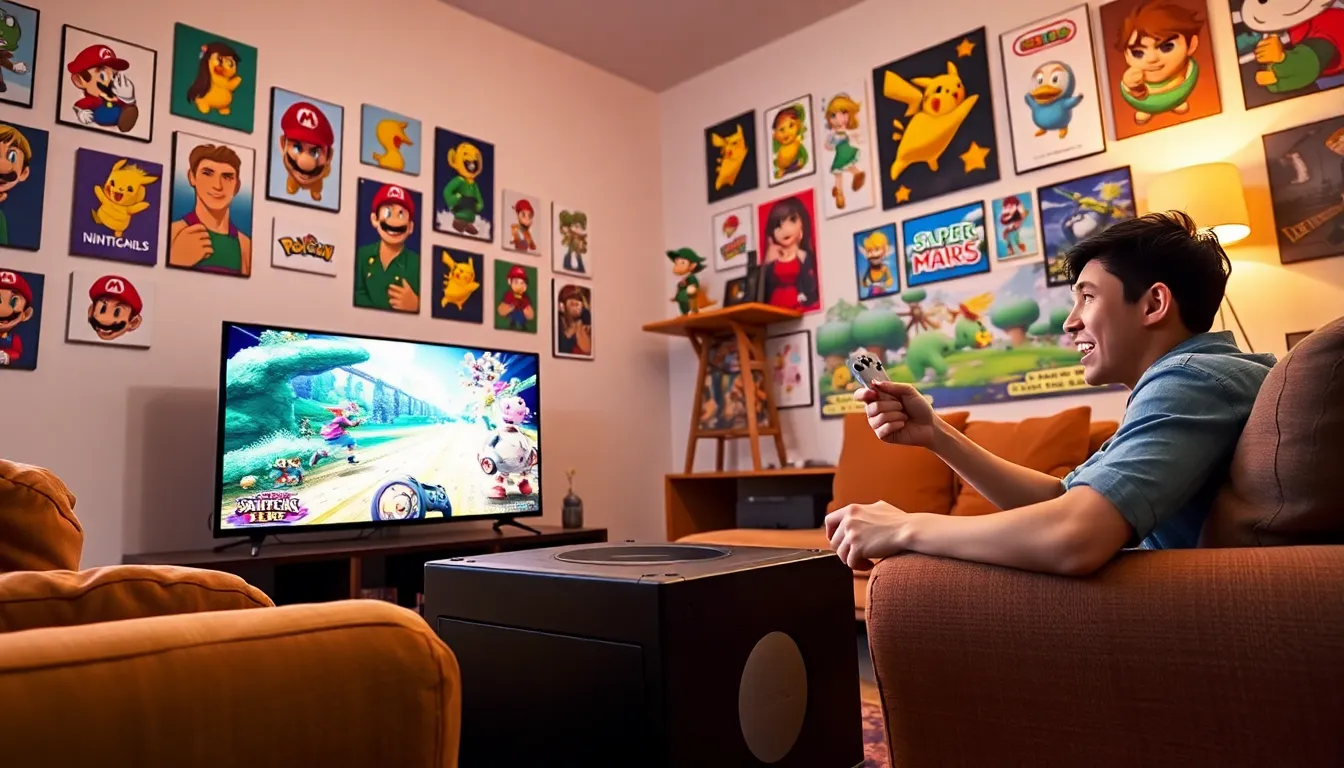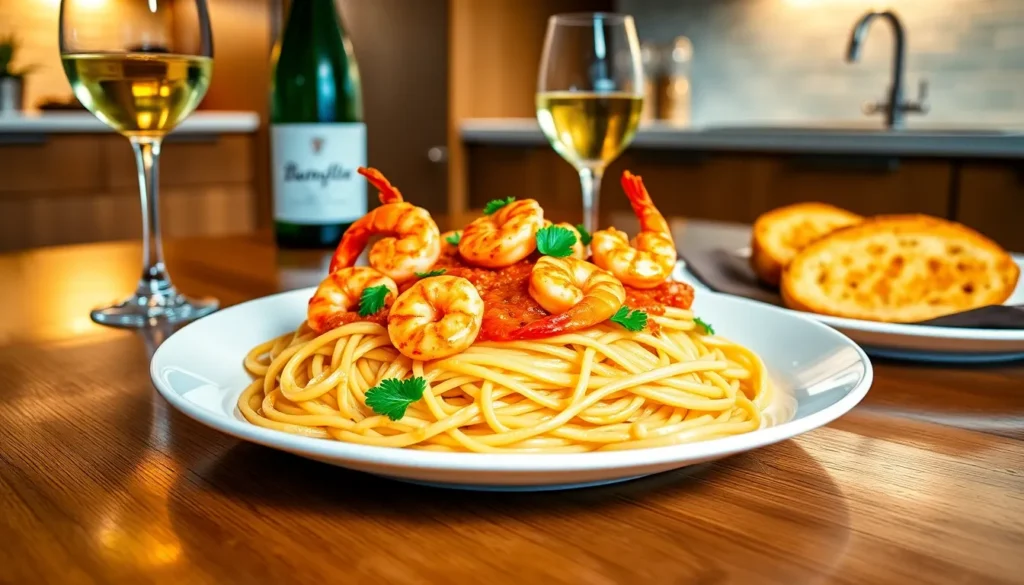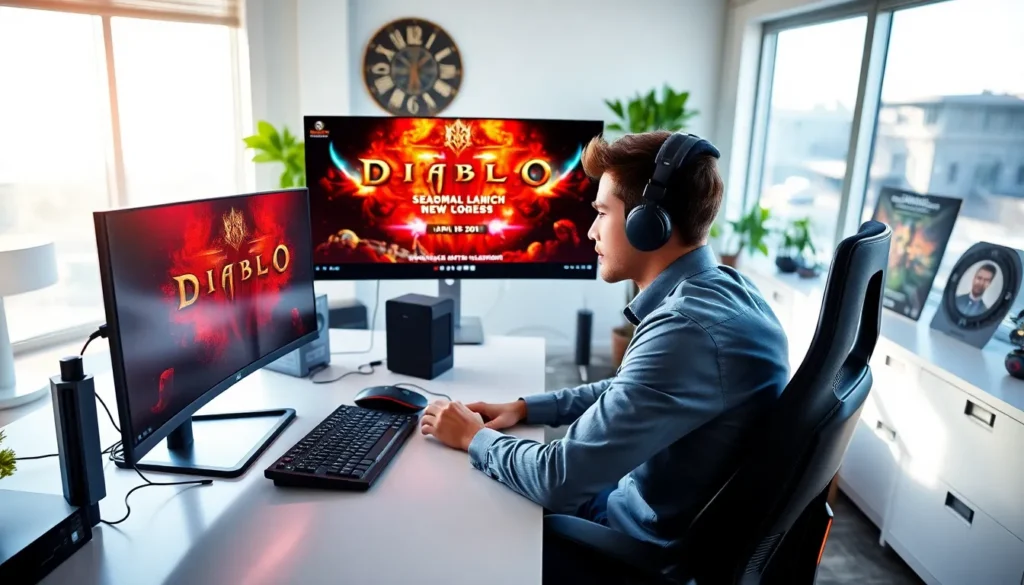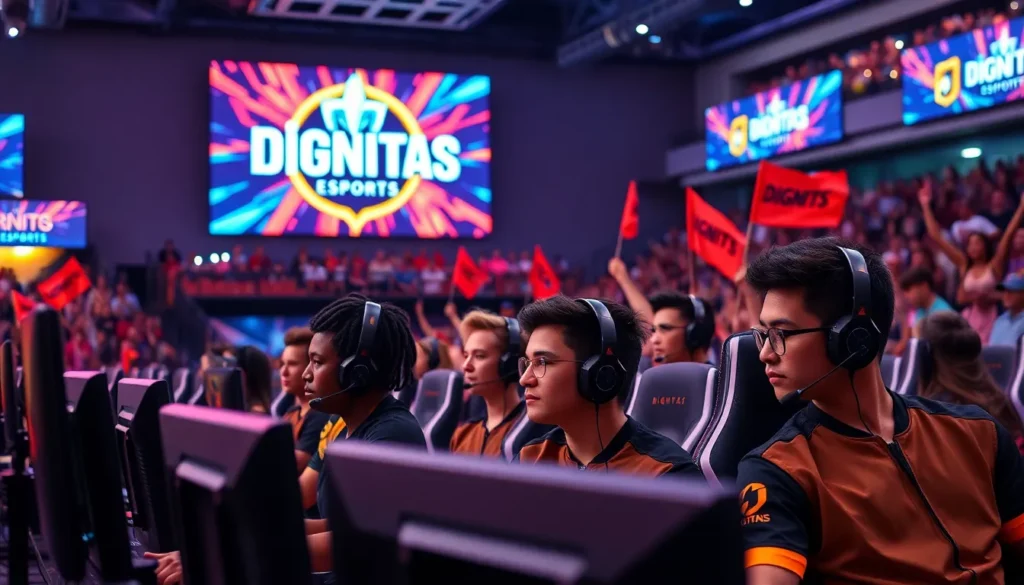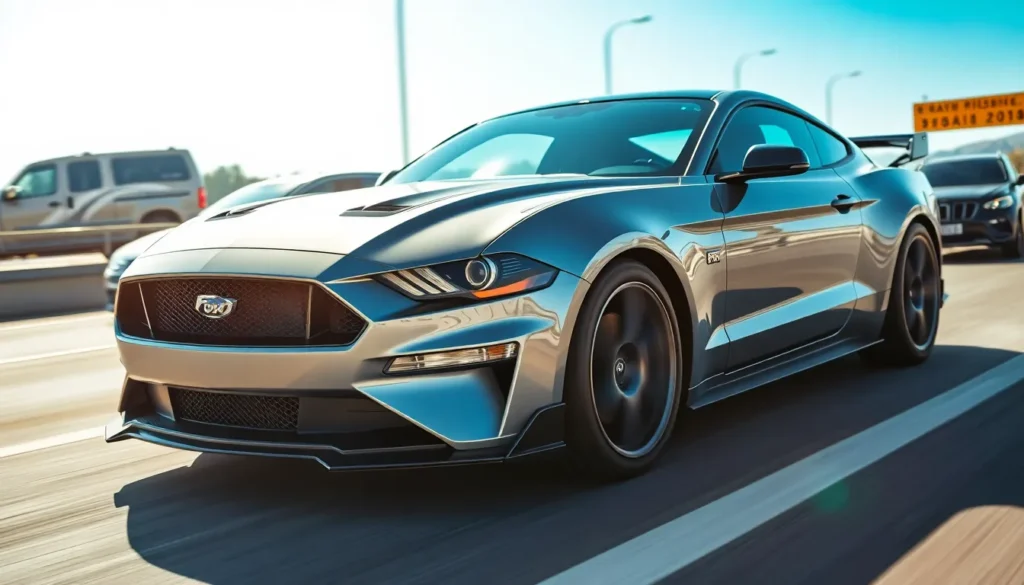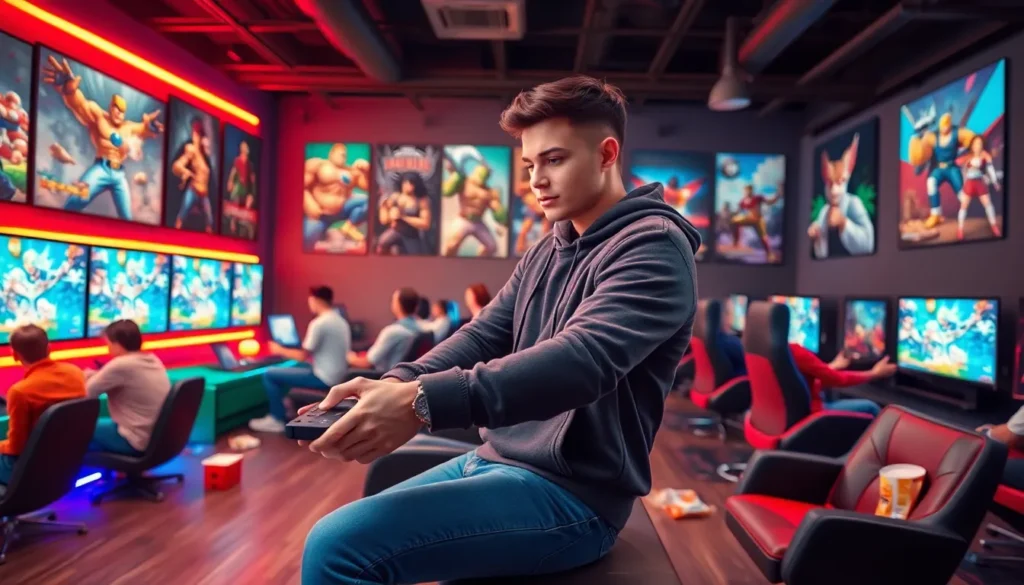When it comes to legendary console games, Super Smash Bros: GameCube stands tall, like Bowser on a great day. Gamers often find themselves battling it out with friends, fervently shouting for their chosen characters. With its blend of chaotic fun and competitive spirit, this title has not only entertained millions but has also carved a significant niche in gaming culture. If you haven’t dived into this vibrant world yet, buckle up, because Super Smash Bros: GameCube is here to make your thumbs sore and your smiles wide.
Table of Contents
ToggleOverview of Super Smash Bros: GameCube
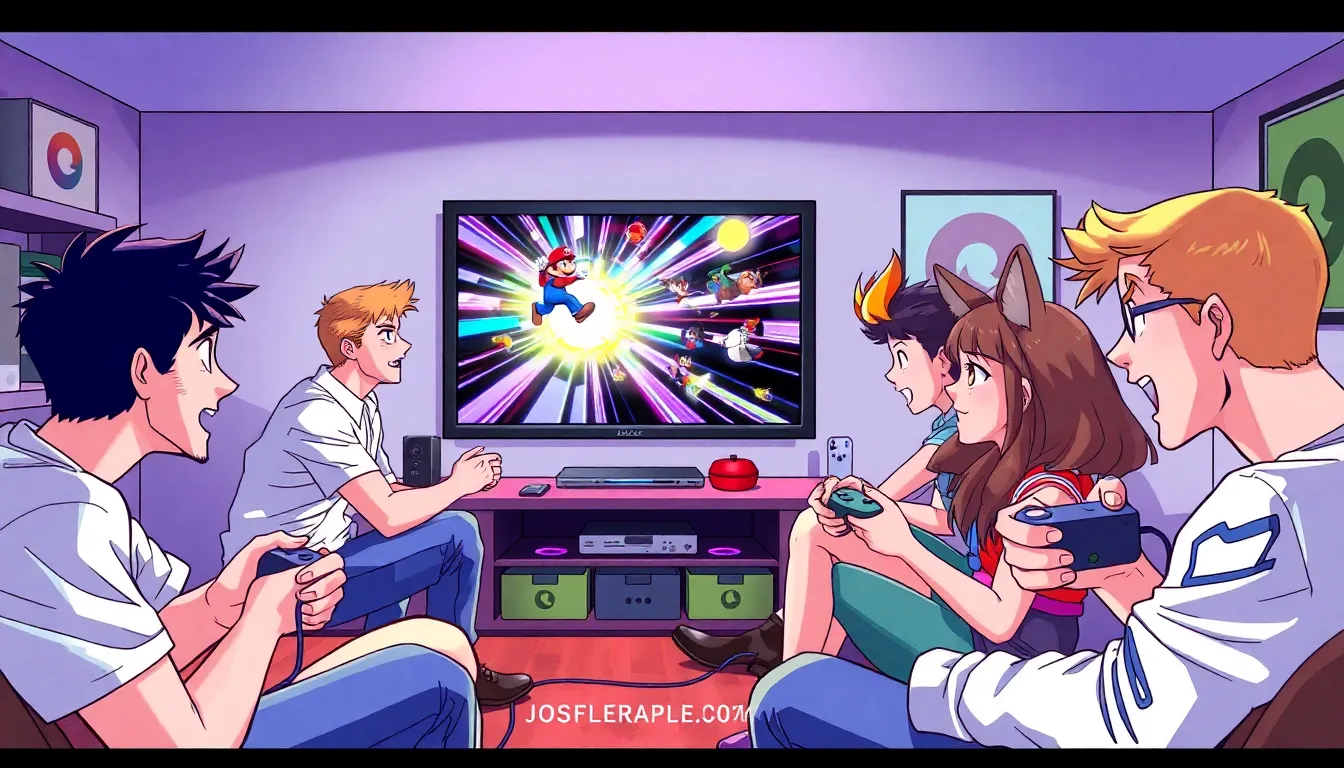
Originally released in 2001, Super Smash Bros: GameCube, also known as Super Smash Bros Melee, quickly became a fan favorite. With its charming roster of characters, it allowed players to pit their beloved Nintendo icons against each other in high-speed brawls. The game held the promise of endless fun, encouraging players to unleash their creativity in combat while showcasing the unique abilities of each character. Melee was not just another fighting game: it defined a genre and changed how players viewed multiplayer experiences.
From its engaging graphics to its dynamic controls, this game was like a delightful candy store for anyone looking to indulge in nostalgic gaming. Whether it was smashing opponents off the stage with Mario or comboing foes into oblivion with Fox, every match felt fresh and exhilarating. The localized chaos promised lulz and epic moments with each fight. With a rich array of characters spanning the Nintendo universe, players quickly fell in love with the possibilities that lay in their hands.
Gameplay Mechanics and Features
Super Smash Bros: GameCube introduced mechanics that set it apart from its predecessors and continued to shape the franchise. Familiar brawling maneuvers let players engage in stylish combos, while the unique concept of ‘Smash attacks’ kept combat quick-paced and exhilarating.
Character Roster
The character roster in Melee is nothing short of iconic. Possessing a lineup of 26 playable fighters, it featured fan favorites such as Link, Kirby, and Pikachu. Each character came equipped with special moves that reflected their unique styles, making each matchup feel distinctive. Players could experiment with characters, learning the strengths and weaknesses, giving way to a richer gameplay experience.
Stages and Environments
The vibrant stages in Super Smash Bros: GameCube were as colorful as an artist’s palette. Locations like Final Destination provided a simplistic battlefield, while Dream Land and Fountain of Dreams introduced varied platforms and hazards that enhanced strategy in every match. Players found themselves choosing stages not only for aesthetics but for their tactical advantages.
Unlockables and Hidden Content
Unlockables added an element of surprise. Whether it was hidden characters, alternate costumes, or secret stages, players thrived on discovering what lay beyond initial content. Each revelation turned into a treasure hunt, encouraging gamers to explore every corner of the game.
Cultural Impact and Legacy
Super Smash Bros: GameCube didn’t merely exist as a game: it blossomed into a cultural phenomenon. Its impact can be traced across various domains, from competitive gaming to community engagement.
Competitive Scene
The competitive scene surrounding Melee found its roots intricately woven into its mechanics. Tournaments skyrocketed in popularity, showcasing players who turned the simple notion of brawling into a detailed art form. This transition established Melee as a cornerstone of the esports community. Top-tier players inspired countless others, proving that with dedication and practice, the game could be played at extraordinary levels.
Community and Fan Engagement
The fanbase surrounding Super Smash Bros: GameCube engaged through forums, fan art, and even dedicated tournaments. The passion exhibited by players and fans cultivated a tight-knit community where creators could celebrate their love for all things Smash. Through memes, streaming, and casual gatherings, the game maintained its relevance while fostering interactivity among fans.
Comparisons to Other Versions
While new iterations of Super Smash Bros have graced the modern gaming landscape, Super Smash Bros: GameCube remains unique.
Innovations Introduced
GameCube introduced pivotal innovations such as wavedashing and L-cancelling, which propelled gameplay depth to new heights. These mechanics allowed players to create fast-paced styles that required exceptional skill and precision. Such capabilities led to an unprecedented level of competitiveness, contrasting with earlier installments that primarily focused on casual interactions. These innovations still resonate today and are often considered foundations in subsequent games.
Gameplay Experience and Reception
The gameplay experience in Super Smash Bros: GameCube remains exhilarating. Many players reflect on the joy of gathering friends for epic weekend battles, filled with laughter and friendly rivalry. The controls felt responsive, allowing for fluid movements and swift attacks. Critics and gamers alike praised the game for its balance and accessibility, drawing in newcomers while offering challenges for veterans.
Reception was overwhelmingly positive, with glowing reviews highlighting its fun factor and replayability. The game earned numerous accolades and left an indelible mark on the landscape of fighting games, solidifying its position as an all-time classic. Digital fanfare echoed across the web, and a sense of nostalgia blanketed every conversation about this masterpiece.

